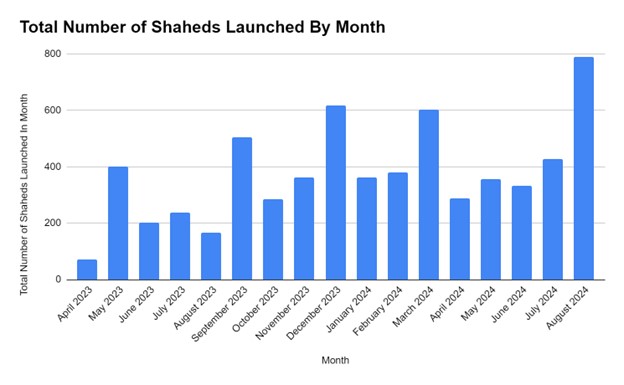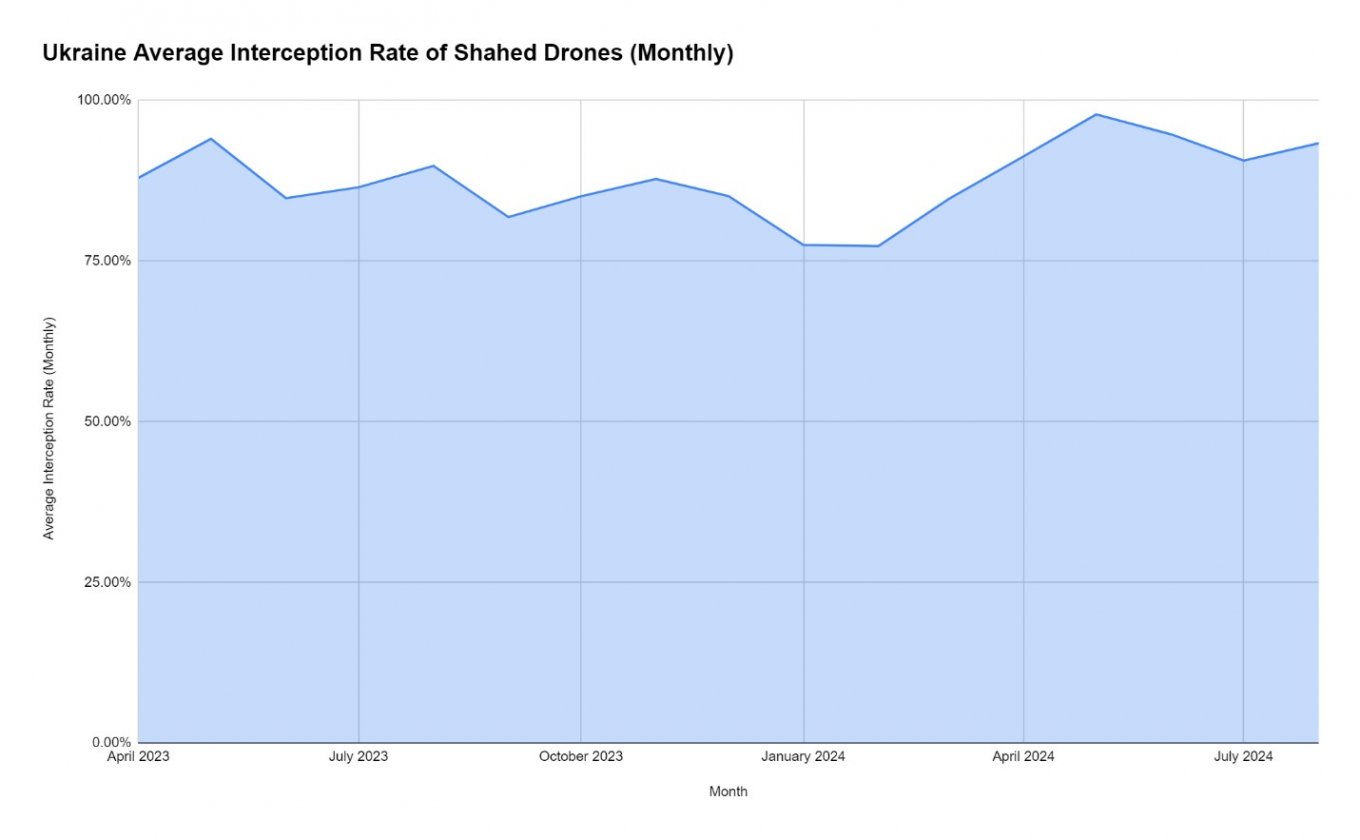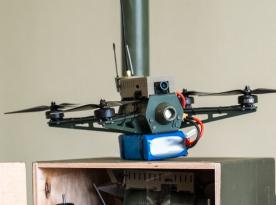The JSC Alabuga facility in Tatarstan was initially planned to produce 6,000 long-range kamikaze drones of the Shahed-136/131 types by September 2025. However, calculations based on data from open sources show that Alabuga was able to manufacture these 6,000 Shahed drones one year ahead of schedule, meaning by September 2024. Therefore, by September 2025, this facility will be able to produce an additional 4,700 drones of this type.
The research organization Institute for Science and International Security provides the relevant calculations in its report, which systematically examined the production of Shahed drones at facilities in russia in its previous publications.
Read more: Iran Unveils Upgraded Shahed-138B with 4,000 km Range: Could It Target Ukraine?
"Using data from January through August 2024, Alabuga has achieved an estimated annual production rate of about 4,700 drones per year. Thus, Alabuga could fulfill its commitment to supplying 6,000 drones one year early, by the end of August 2024. If it continues acquiring all the required subcomponents from abroad, which comprise the vast majority of the electronic components needed in the navigation and anti-jamming modules, it could supply an additional 4,700 drones by September 2025," according to the report.

From Defense Express, we consider it important to emphasize that the mere fact of the russians reaching a production rate of 6,000 Shahed drones one year ahead of schedule signifies a new escalation of the war in the skies over Ukraine. This increase also raises the threat of russian strikes against civilian infrastructure, which, in turn, may complicate countermeasures against such enemy threats.
In these conclusions, we can refer to the following calculations provided by the authors of the aforementioned report.
First, they present a basic ratio: for every 100 Shahed drones launched, 14 reach their target. This, in turn, "encourages" the russians to increase the production of these kamikaze drones in order to extensively raise the probable number of targets hit on Ukrainian territory.

The calculations show that the actual production volume of Shahed drones at the Alabuga facilities began to exceed the planned figures starting in September 2023.
If we generalize the data for the past year, we can note the following paradox: while the russians produced an average of 410 Shahed drones per month from January to April 2024, they produced only 371 UAVs of this type per month from May to July 2024, which correlated with the intensity of launches of these drones over the territory of Ukraine.
However, by August 2024, the number of Shahed drones launched surged to 790, marking the highest figure to date since September 2022, when the Shahed-136/131 began being used for strikes on Ukrainian territory.

Such a "surge" is unlikely to be explained by an increase in supplies from Iran, as there have been no recorded flights of transport aircraft in that direction over the past two months as a "traditional" means of delivering the drones and/or their components.
It is also necessary to consider this nuance: Ukrainian air defense has maintained an average interception rate of 86% for the launched Shaheds since March 2024, which is directly related to the acquisition of additional air defense systems. Meanwhile, February 2024 recorded the worst interception rate at 77%.
In addition, the relatively small number of enemy Shahed-136/131 drones "captured" by Ukrainian electronic warfare systems shows that the russians are improving the supply chains of electronics for their production in order to make their "products" more resistant to external influences.
At the same time, the researchers conclude that it is necessary to more actively counter the smuggling channels of electronics to russia in order to reduce the production volumes of long-range kamikaze drones.
Read more: NATO Explains Why It Doesn't Take Down russian Shahed Drones Over Its Territory














